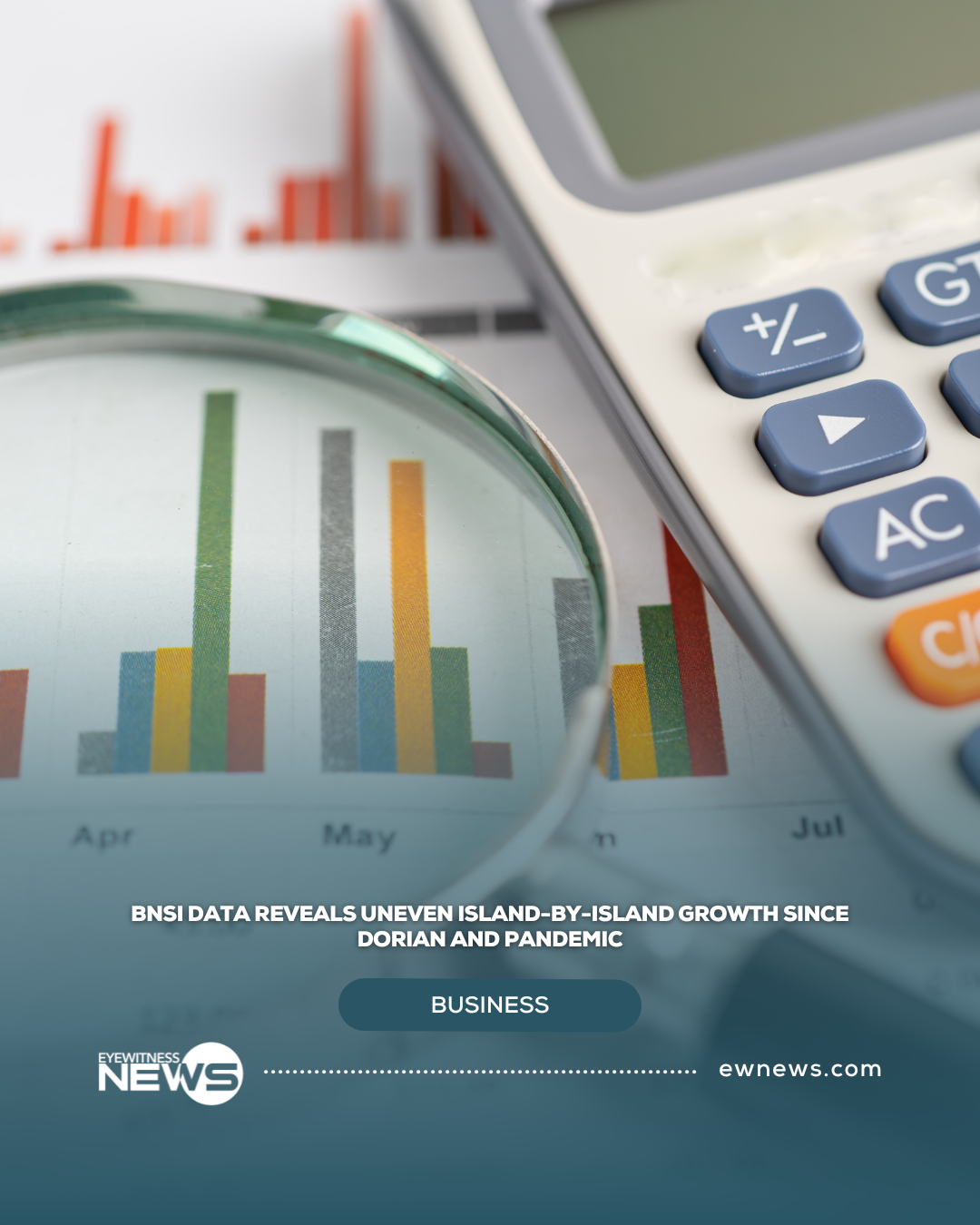NASSAU, BAHAMAS — While New Providence continues to dominate the country’s economic output—accounting for nearly three-quarters of the nation’s $15.833 billion GDP in 2024—the latest data from the Bahamas National Statistical Institute (BNSI) reveal varied recovery paths for the Family Islands over the past decade, from Abaco’s post-Dorian resurgence to Grand Bahama’s ongoing struggle to regain its economic peak.
New Providence generated $11.744 billion last year, more than the combined output of all other islands, rebounding sharply from the pandemic low of $7.50 billion in 2020. But the decade-long GDP trends show that not all islands have recovered at the same pace.
Abaco, devastated by Hurricane Dorian in 2019, saw its GDP collapse to $212.9 million in 2020 before surging nearly threefold to $664.9 million by 2024—surpassing its 2015 output and signalling one of the strongest comebacks in the country.
Eleuthera also posted a robust rebound, climbing from a 2021 low of $211.1 million to $578.5 million in 2024. Bimini and the Berry Islands recorded an even steeper turnaround, leaping from just $7.5 million in 2020 to $403.7 million in 2024 as tourism returned.
In contrast, Grand Bahama—once the nation’s second-largest economic center—has yet to recover its 2017 high of $2.22 billion, closing 2024 at $1.808 billion. Other islands, such as Cat Island, San Salvador, and Rum Cay, have remained relatively flat over the decade, while smaller island groups like Mayaguana, Acklins, Crooked Island, Inagua, and others ended 2024 below their 2015 GDP levels.
BNSI described the island-by-island breakdown as a “significant achievement” in providing data to guide investment and policymaking, noting that while the national economy has surpassed pre-pandemic levels, the recovery remains uneven across the archipelago.






